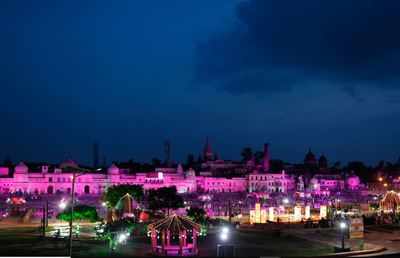31 October 1904 Spirits were believed to be abroad, witches to ride the air, and fairies to dance their rounds in the upper air
To the majority of mankind in these latter days the institution Of Hallowe’en, if commemorated at all, resolves itself into a “tale of a tub” – a tub of apples. We have become so cosmopolitan and so highly educated that though we cannot be said to have abandoned superstition our cult diversions have entered upon a more academic and less picturesque phase than in the past. We no longer seek for omens of love and wedlock in nuts or try to discern the grim faces of Clotho, Lachesis, and Atropos in three plates of water. Those who would pry into the mysteries of the future do so by means of “automatic writing,” crystal-gazing, and planchette, and invite the investigation of a learned society, which duly reports on these manifestations.
Many of the old ceremonies connected with Hallowe’en are no doubt to be traced back to the four great fire festivals of ancient Britain, one of which festivals fell on the 1st of November on which occasion all fires were extinguished save those which burnt on the altars of the Druids. In remote parts of Scotland till within comparatively recent times great bonfires known as “Hallowe’en bleezes” were lit on all the hill-tops, and in some districts the men of the place would rush through the fire carrying their children high up in their arms; while in other parts of the country they were satisfied to treat the “bleeze” as a meeting-place for the young folk, who at midnight would join hands in a fantastic dance round the flames. Such practices gave colour and character to a nation’s individuality, and their loss is to be deplored.
31 October 1904 Spirits were believed to be abroad, witches to ride the air, and fairies to dance their rounds in the upper air
To the majority of mankind in these latter days the institution Of Hallowe’en, if commemorated at all, resolves itself into a “tale of a tub” – a tub of apples. We have become so cosmopolitan and so highly educated that though we cannot be said to have abandoned superstition our cult diversions have entered upon a more academic and less picturesque phase than in the past. We no longer seek for omens of love and wedlock in nuts or try to discern the grim faces of Clotho, Lachesis, and Atropos in three plates of water. Those who would pry into the mysteries of the future do so by means of “automatic writing,” crystal-gazing, and planchette, and invite the investigation of a learned society, which duly reports on these manifestations.
Many of the old ceremonies connected with Hallowe’en are no doubt to be traced back to the four great fire festivals of ancient Britain, one of which festivals fell on the 1st of November on which occasion all fires were extinguished save those which burnt on the altars of the Druids. In remote parts of Scotland till within comparatively recent times great bonfires known as “Hallowe’en bleezes” were lit on all the hill-tops, and in some districts the men of the place would rush through the fire carrying their children high up in their arms; while in other parts of the country they were satisfied to treat the “bleeze” as a meeting-place for the young folk, who at midnight would join hands in a fantastic dance round the flames. Such practices gave colour and character to a nation’s individuality, and their loss is to be deplored.











